
Air Commodore Alan Christopher Deere, was a New Zealand fighter ace with the Royal Air Force (RAF) during the Second World War. He was also known for several near-death experiences over the course of the war. This led to his published autobiography being titled Nine Lives.

Group Captain Colin Falkland Gray, was a Royal Air Force (RAF) officer and the top New Zealand fighter ace of the Second World War.

Brian Carbury, was a New Zealand fighter ace of the Royal Air Force (RAF) during the Second World War. He was officially credited with destroying 15+1⁄2 enemy aircraft.
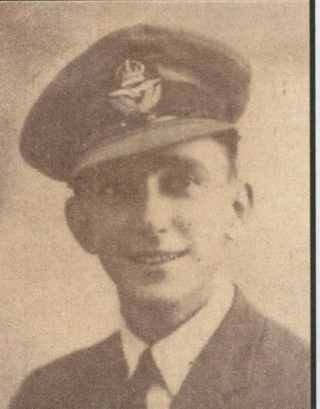
Derek Harland Ward, was a New Zealand flying ace of the Royal Air Force (RAF) during the Second World War. He was credited with six confirmed victories and one probable.
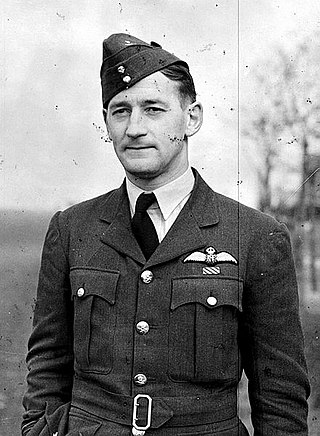
Air Commodore Patrick Geraint "Jamie" Jameson, was a New Zealand-born Royal Air Force (RAF) officer and a flying ace of the Second World War.

John Albert Axel Gibson, was a Royal Air Force (RAF) officer and a flying ace of the Second World War. He was credited with the destruction of 12 enemy aircraft.
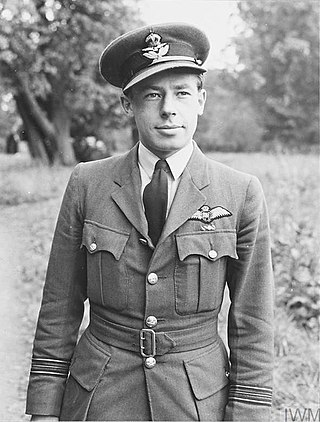
Robert Duncan Yule, was a New Zealand-born officer of the Royal Air Force (RAF) and a flying ace of the Second World War. He was credited with destroying eight enemy aircraft.

Wilfred Greville Clouston was a New Zealand flying ace of the Royal Air Force (RAF) during the Second World War. He was credited with the destruction of nine enemy aircraft and shared in the destruction of three more.

Michael James Herrick, was a New Zealand flying ace of the Royal Air Force (RAF) during the Second World War. He is credited with having shot down at least six enemy aircraft.
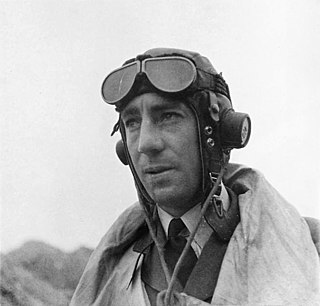
Minden Vaughan Blake was a New Zealand flying ace of the Royal Air Force (RAF) during the Second World War. He was officially credited with destroying 10 enemy aircraft.

John Noble MacKenzie, was a New Zealand flying ace of the Royal Air Force (RAF) during the Second World War. He was officially credited with the destruction of nine enemy aircraft.

Group Captain Edward Preston Wells was a New Zealand flying ace of the Royal New Zealand Air Force (RNZAF) during the Second World War. He was credited with the destruction of twelve enemy aircraft.
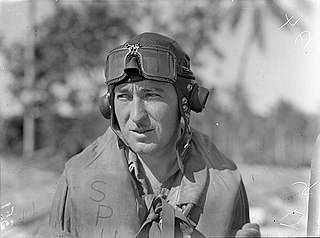
Robert Lawrence "Peter" Spurdle was a New Zealand flying ace of the Royal Air Force (RAF) during the Second World War. He was credited with the destruction of ten enemy aircraft.

Paul Wattling Rabone was a New Zealand fighter pilot and flying ace who flew in the Royal Air Force (RAF) during the Second World War. Born in Salisbury, England, he was educated in New Zealand. He joined the RAF in 1938 and was posted to No. 88 Squadron, which was sent to France in September 1939 after the outbreak of the Second World War. He flew a Fairey Battle during the Battle of France, and was twice shot down.
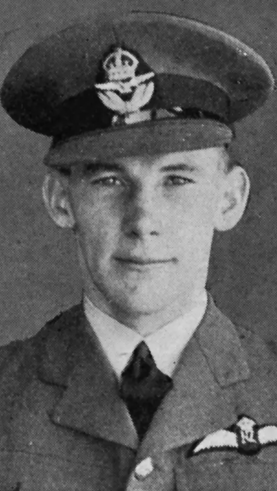
William Henry Hodgson was a New Zealand fighter pilot and flying ace who flew in the Royal Air Force (RAF) during the Second World War. He was officially credited with the destruction of five enemy aircraft.

Harold Leslie North, was a New Zealand flying ace of the Royal Air Force (RAF) during the Second World War. He was officially credited with the destruction of at least five German aircraft although postwar research indicates some uncertainty regarding his tally.
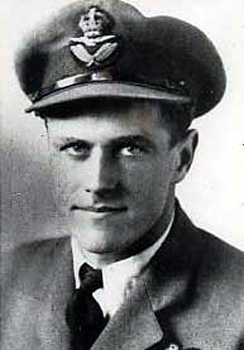
Victor Bosanquet Strachan Verity, was a New Zealand flying ace of the Royal Air Force (RAF) during the Second World War. He is credited with the destruction of at least eight enemy aircraft.
Owen Vincent Tracey was a New Zealand fighter pilot and flying ace who flew in the Royal Air Force (RAF) during the Second World War. He was officially credited with the destruction of at least six enemy aircraft.

John Reynolds Cock, was an Australian-born flying ace of the Royal Air Force (RAF) during the Second World War. He was credited with at least ten aerial victories.
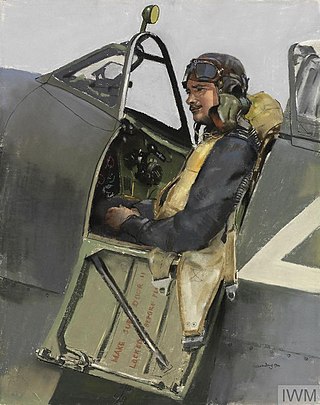
James Chilton Francis Hayter, was a New Zealand flying ace of the Royal Air Force (RAF) during the Second World War. He was officially credited with at least five aerial victories.




















